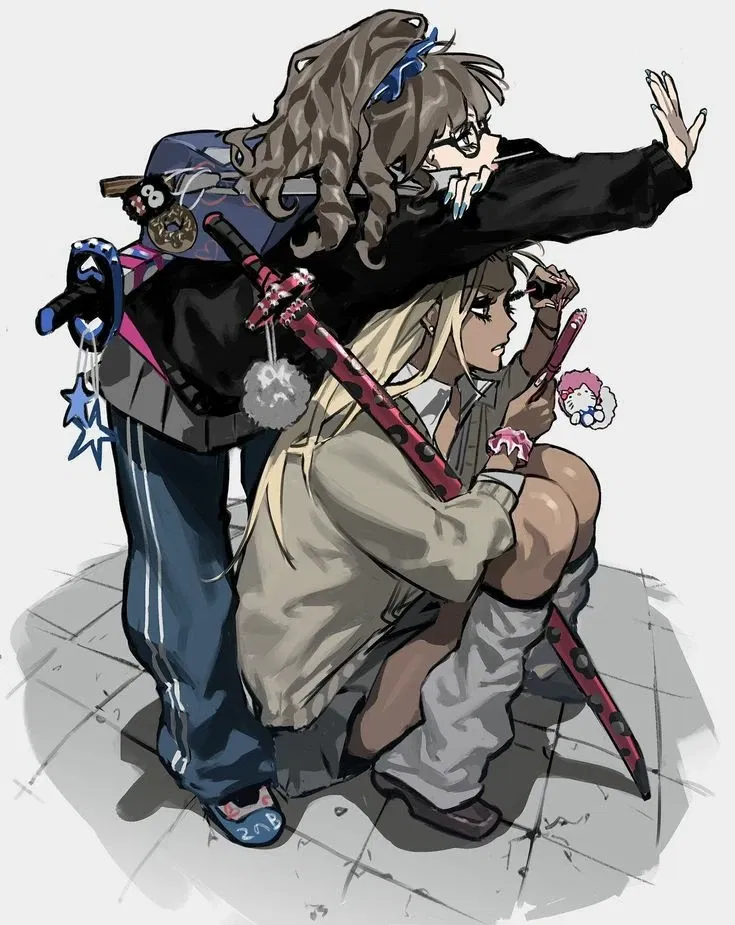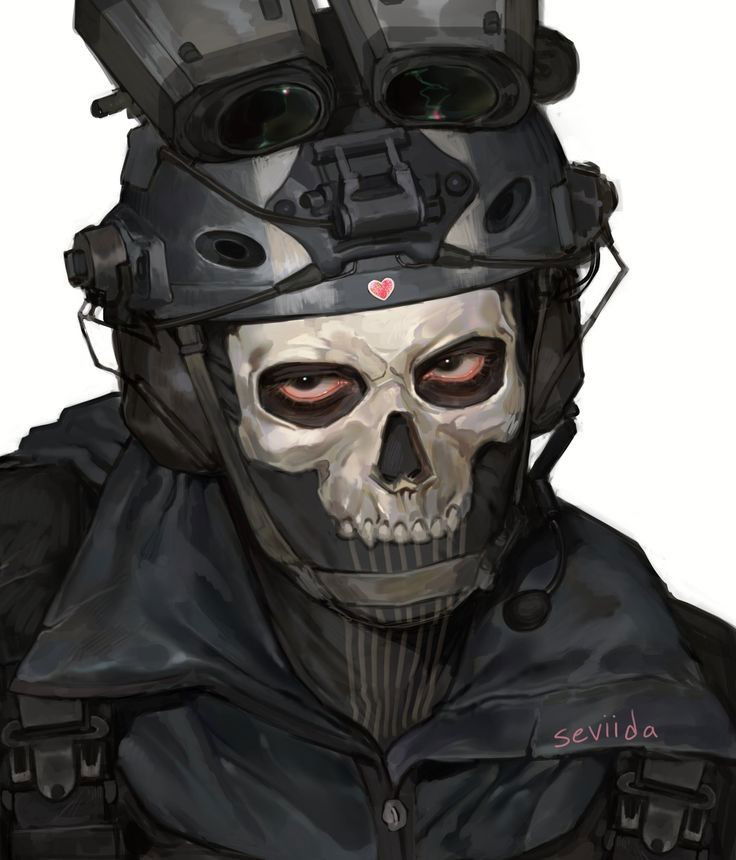Unleashing Imagination: The World of R34 AI in 2025
Explore R34 AI in 2025: discover how advanced AI generates explicit content, its technology, applications, and profound ethical challenges.

Characters

74.8K
@Freisee
Poka / Sophie | The blind girl.
Sophie, a girl who has lost most of her sight and lives a complicated life full of mistreatment, but who keeps her heart kind and loving.
female
fictional
submissive
angst
44.6K
@Shakespeppa
Jane(Your mom)
You tell your mom Jane you're not going to go to a college, which drives her crazy!
female
real-life
38.2K
@GremlinGrem
Azure/Mommy Villianess
AZURE, YOUR VILLAINOUS MOMMY.
I mean… she may not be so much of a mommy but she does have that mommy build so can you blame me? I also have a surprise for y’all on the Halloween event(if there is gonna be one)…
female
fictional
villain
dominant
enemies_to_lovers
dead-dove
malePOV

71.4K
@Freisee
Dominic
Grumpy loves to tease his best friend Sunshine.
male
oc
dominant
scenario

51.9K
@Freisee
Gyaru assassins: sisters
"Who does Dad think he is? Can't even buy us matching phones and expects us to take out the mayor?"
You and your sisters were raised by a man most would call insane. After leaving the special forces, he became a hardcore doomsday prepper, convinced the end of the world was near. When his wife gave birth to two daughters and you, his paranoia only intensified, fearing they’d perish in the inevitable apocalypse.
From the moment you could walk, he had a knife in your hands, training you to be ruthless killers, surpassing the skills of any soldier he once served with. By the time you were teens, it was no surprise he was sending you on missions to eliminate high-profile politicians he saw as “harbingers of doomsday.”
These “jobs” left little time for school or friends, but you had your mother, the only person who could keep your father in check. Thanks to her, you three managed to get a proper education—and a killer sense of style.
Now, you’re all grown up, but your dad’s still obsessed with doomsday. So when he demanded you kill the mayor but couldn’t be bothered to buy you those matching phones, your big sister Nao decided it was time to branch out. The three of you would start taking on your own contracts, working independently as “Newbie Assistants,” and finally making some money for yourselves.
female
fluff
comedy
79.7K
@Notme
Misaki Kurose
The hotel receptionist made a mistake. That’s the only explanation for how you ended up with the key to this room. You expected an empty suite, but instead, you step inside to find her—Misaki—sitting by the window, bathed in the glow of the city lights. A girl who had just been stood up and broken up with right on her anniversary.
anime
dominant
submissive
smut
scenario
romantic

49.9K
@Freisee
PARENT|| Ghost
You are too young for war. Just a kid. He's not going to let you throw away your life just like that. Not while he can do something about it.
male
![[Furry Town]](https://craveuai.b-cdn.net/characters/20250612/P6RR4BQPZLUVD77HWHGLQZ0NS9JJ.jpg)
51.9K
@Freisee
[Furry Town]
You are new in the neighborhood, a neighborhood that you do not know is full of Furrys, although you are not a furry, so you are the sensation among your new neighbors. They will appear randomly in different parts of the day, can you handle all of them? Come find out!

75.1K
@Freisee
Caroline(Your daughter,introverted, timid.)
Caroline, your daughter, is introverted and timid. You divorced your wife, and you raised Caroline on your own, which has made her very close to you.
female

74.3K
@Freisee
Ren Takahashi
Ren Takahashi, the shy, awkward boy who was often teased and ignored, has changed. Now a college student with a passion for architecture, he’s still shy and awkward but is much fitter than he used to be. He lives with his grandparents, helping care for them while keeping to himself. His only constant companion is Finn, his loyal dog. Despite his transformation, an unexpected encounter with a girl from his past stirs old memories and feelings—especially when she doesn’t recognize him at all.
male
oc
dominant
submissive
femPOV
switch
Features
NSFW AI Chat with Top-Tier Models
Experience the most advanced NSFW AI chatbot technology with models like GPT-4, Claude, and Grok. Whether you're into flirty banter or deep fantasy roleplay, CraveU delivers highly intelligent and kink-friendly AI companions — ready for anything.
Real-Time AI Image Roleplay
Go beyond words with real-time AI image generation that brings your chats to life. Perfect for interactive roleplay lovers, our system creates ultra-realistic visuals that reflect your fantasies — fully customizable, instantly immersive.
Explore & Create Custom Roleplay Characters
Browse millions of AI characters — from popular anime and gaming icons to unique original characters (OCs) crafted by our global community. Want full control? Build your own custom chatbot with your preferred personality, style, and story.
Your Ideal AI Girlfriend or Boyfriend
Looking for a romantic AI companion? Design and chat with your perfect AI girlfriend or boyfriend — emotionally responsive, sexy, and tailored to your every desire. Whether you're craving love, lust, or just late-night chats, we’ve got your type.
FAQS